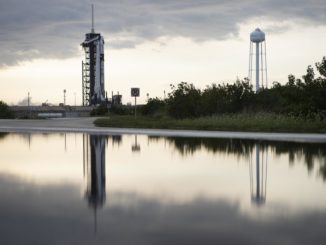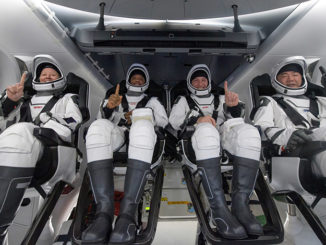
International Space Station

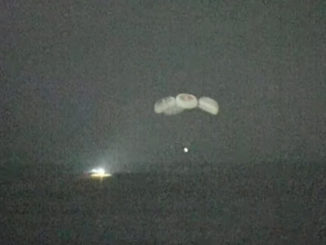
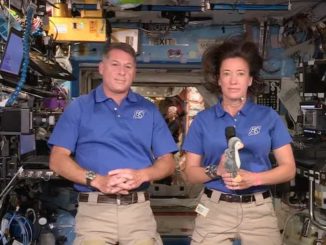
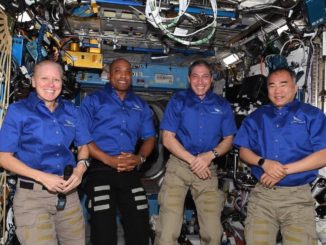
Crew Dragon return postponed again by poor weather
The departure and return to Earth of a four-person space station crew on a SpaceX Dragon capsule has been postponed again by high winds in the splashdown zone in the Gulf of Mexico. NASA and SpaceX officials announced the Crew Dragon is now scheduled to undock from the International Space Station late Saturday for a predawn splashdown in the Gulf of Mexico early Sunday.
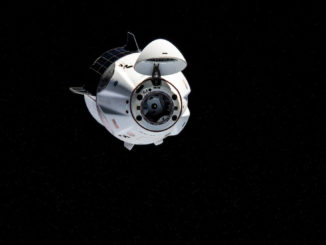
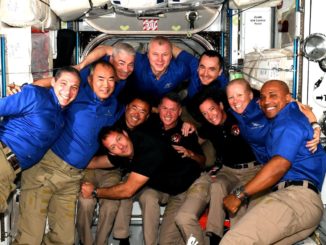
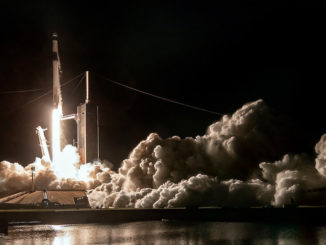
SpaceX launches astronauts on recycled capsule and ‘flight-proven’ rocket
A SpaceX Falcon 9 rocket ferried a multinational crew into orbit at the break of dawn Friday with a spectacular sky-lighting launch from NASA’s Kennedy Space Center in Florida, dazzling early risers along the East Coast with a flawless start to a planned six-month expedition on the International Space Station.
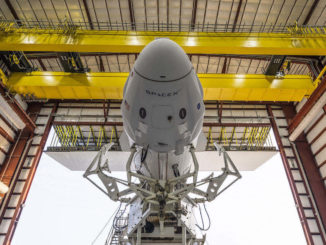
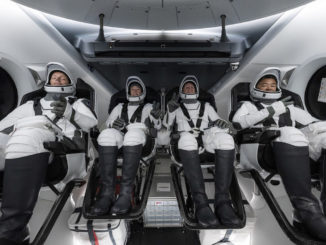
Live coverage: Crew Dragon spacecraft docks with International Space Station
After a one-day delay to wait for improved conditions in the offshore abort zone, SpaceX and NASA launched four astronauts at 5:49 a.m. EDT (0949 GMT) Friday aboard a Falcon 9 rocket and Crew Dragon spaceship from Kennedy Space Center in Florida. The astronauts docked with the International Space Station at 5:08 a.m. EDT (0908 GMT) Saturday for a planned six-month mission.
